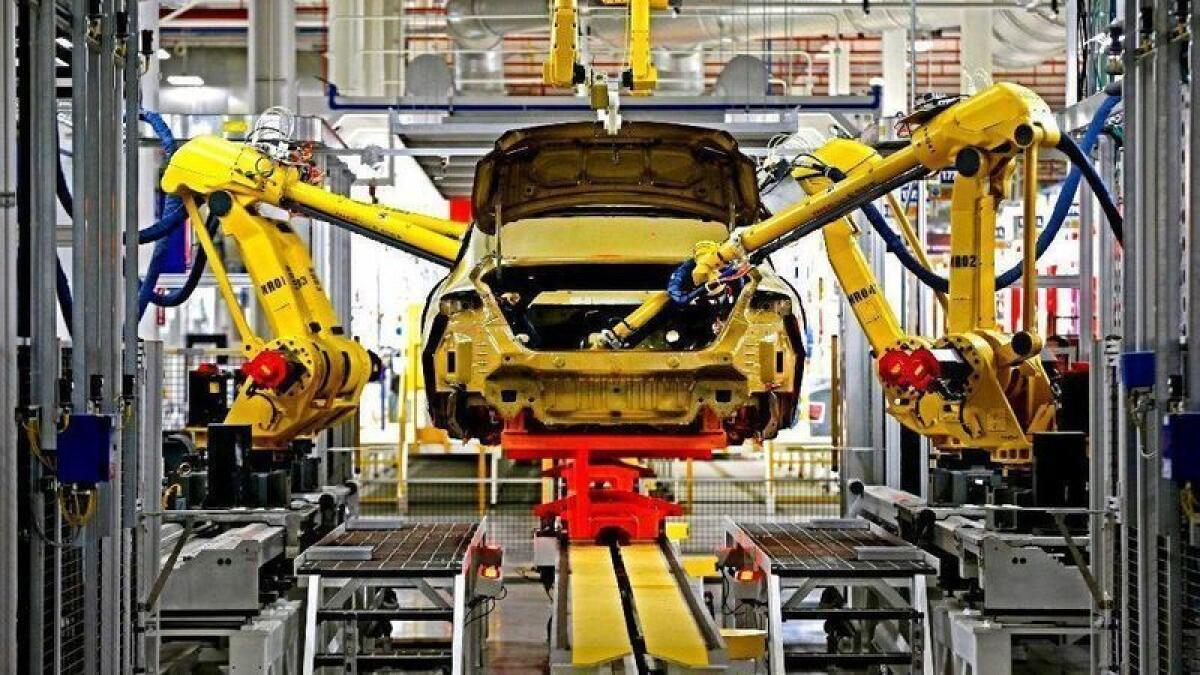Readers React: Despite automation, trade workers are still in demand. Why doesn’t our education system adjust?

- Share via
To the editor: Oren Cass’ observations about automation in the workplace underline conditions that have not only affected students but also workers who have been replaced by robots. One of the problems is that today’s education system is geared toward students who will continue their studies and earn a four-year college degree.
In my junior high school days some three generations ago, we were expected to take a shop class. I still recall making a C-clamp from a misshapen piece of metal. When working on this item, I realized my inabilities that ultimately encouraged me to enter a lifetime occupation that didn’t require the ability to produce a first class C-clamp.
Shop classes, arts classes, music appreciation classes and home economics classes all had their day and developed people who could manufacture items at the height of war production. Like it or not, those skills, which can be developed in the teenage years, are still in demand.
Eric David, Long Beach
The writer is a retired professor of electrical technology at Long Beach City College.
..
To the editor: Cass writes: “Imagine a widget factory in which 10 people produce one widget each day. If the workers’ productivity doubles, each can make two widgets daily, and five workers can now make what once required 10. Did that improvement ‘destroy’ five jobs?”
Good question, and it’s one he fails to adequately answer.
Among many possibilities, two stand out: One, if the increased output from 10 to 20 widgets daily has a ready market, no one loses a job. If instead the market only supports 10 widgets a day, five workers will lose their jobs. Prudent owners and managers would be hard-pressed to see it any other way, especially if they answer to stockholders or multiple partners.
Check out the staffing of fulfillment warehouses today and not-so-long-ago yesterday.
Mark Davidson, Santa Ana
Follow the Opinion section on Twitter @latimesopinion and Facebook
More to Read
A cure for the common opinion
Get thought-provoking perspectives with our weekly newsletter.
You may occasionally receive promotional content from the Los Angeles Times.









